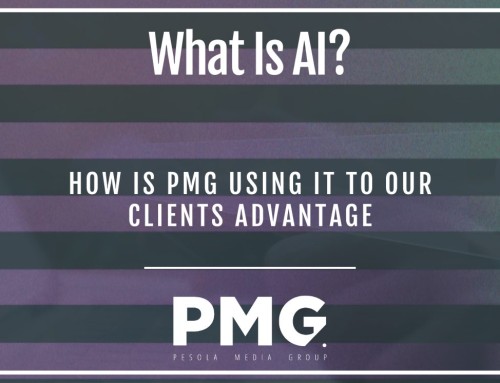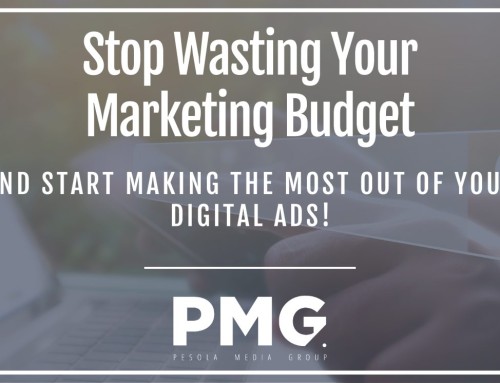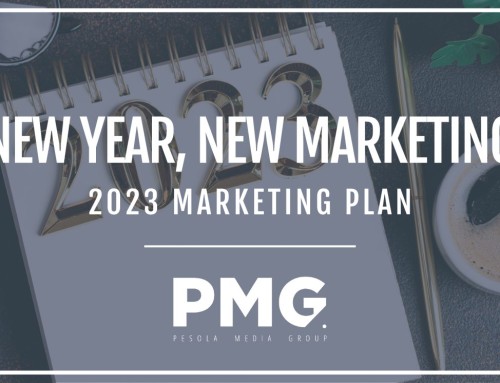2022
2022
MARKETING TRENDS
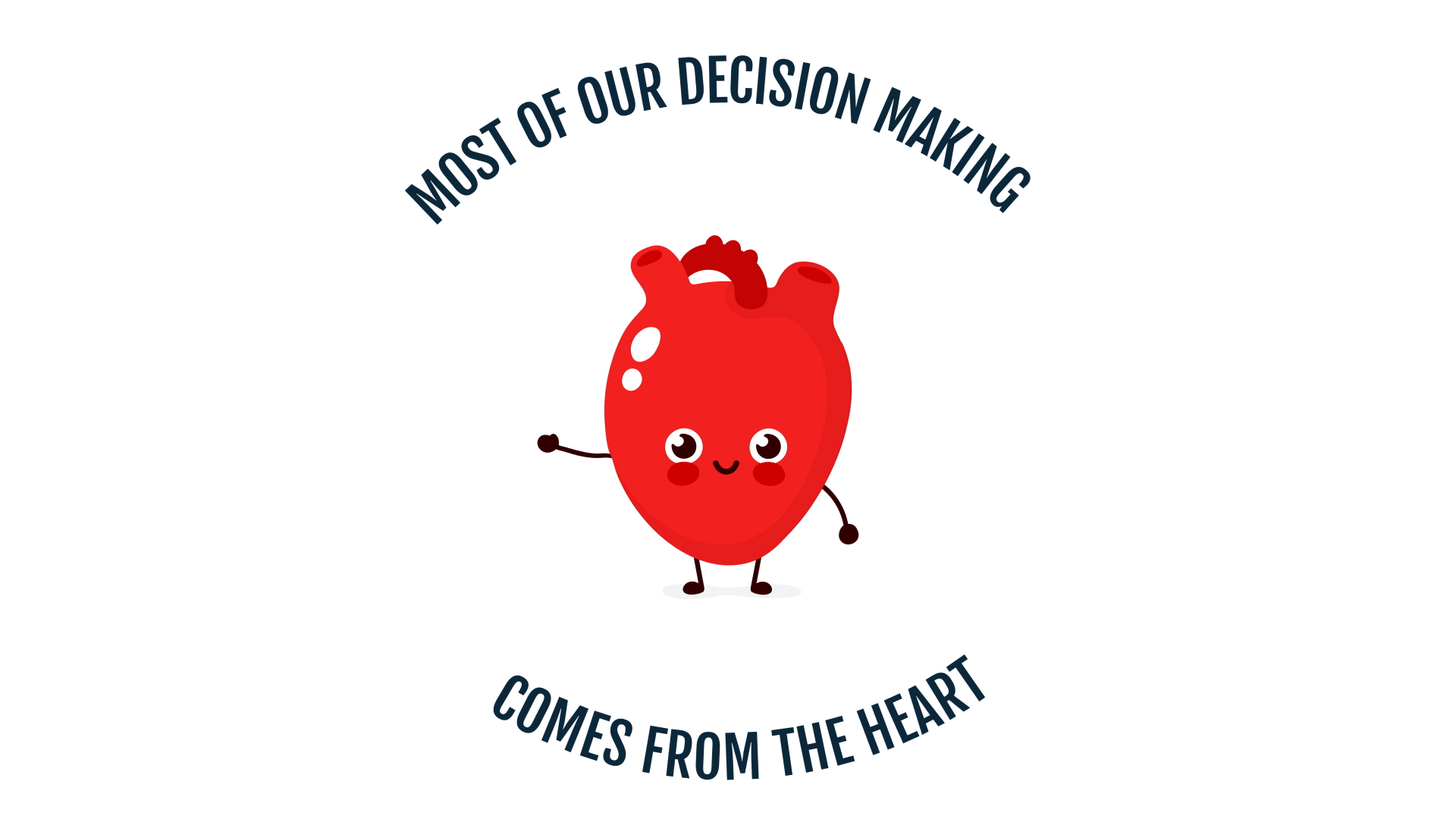
PERSONALIZATION IS PERSONAL
While the pandemic carries over into the new year, people are still looking for a personal touch. Believe it or not, most of our decision making comes from the heart. This is why personalization is so important. From email marketing to direct mail marketing personalization is key. Finding ways to make the potential customer feel thought of is an easy way to stand out and stick in the user’s head.

PERSONALIZATION IS PERSONAL
While the pandemic carries over into the new year, people are still looking for a personal touch. Believe it or not, most of our decision making comes from the heart. This is why personalization is so important. From email marketing to direct mail marketing personalization is key. Finding ways to make the potential customer feel thought of is an easy way to stand out and stick in the user’s head.
CONTENT IS CHANGING
Yes, content is still king! But what kind of content? Interactive content is quickly gaining momentum and consumers are actually expecting it. I am sure that you interact with content daily and don’t even realize it.
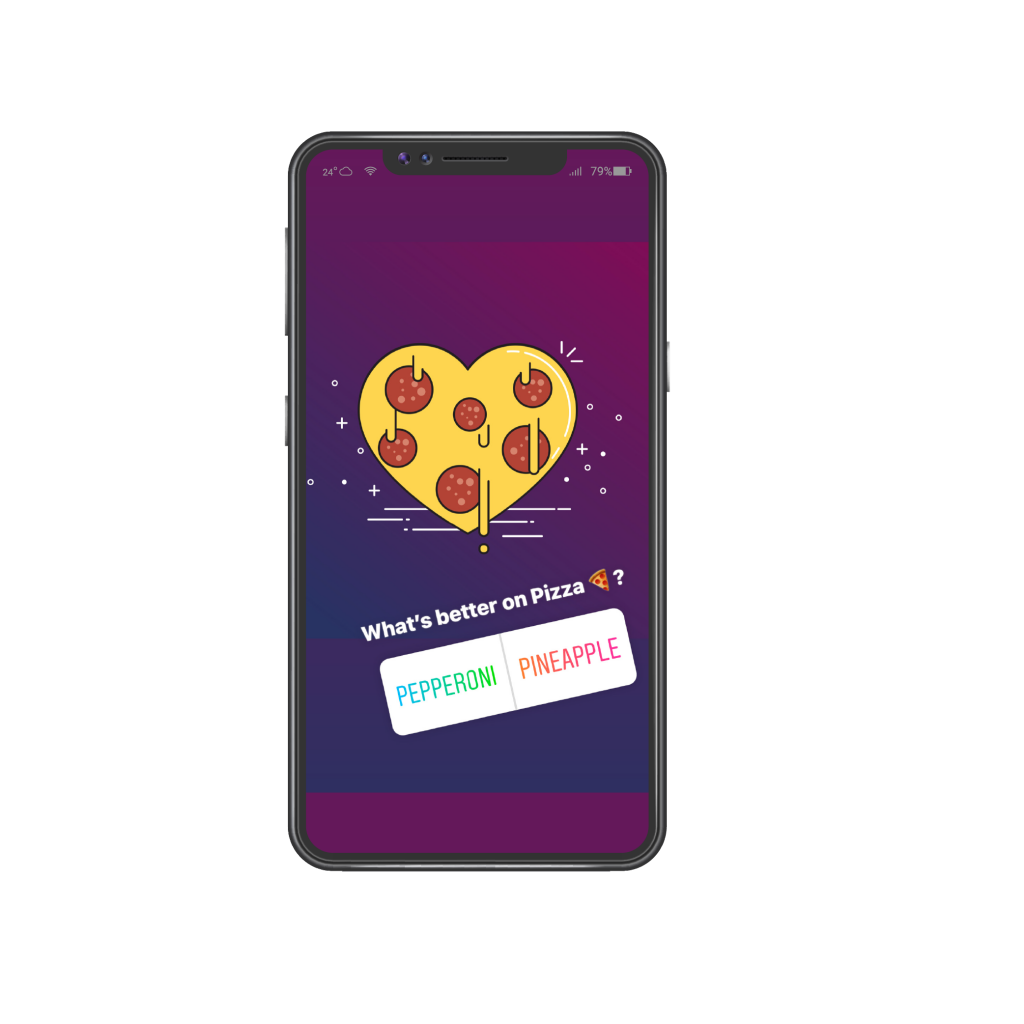
MOVING TO A COOKIELESS WORLD
By the end of 2023, one of the world’s most popular browsers will no longer support cookies. This is a huge deal for digital marketers. How we target customers will have to change. While increasing users’ privacy, traditional digital methods will have to be altered to see an ROI on digital advertising. Here are some tips to get you moving in the right direction:
1
2
3
Using first-party data will become essential. While third-party data or cookies are helpful, first-party data is the most reliable and the most relevant. First-party data is data that is directly from the consumer, like name, email, or phone number. When using first-party data the strength of predictive modeling increases, which then increases personalization. Just be careful to protect this data and stay up to date on the ever-changing laws around it.
Contextual targeting will once again become the norm. With no cookies means marketers will have to rely on relevant content. For example, while watching a YouTube video on how to build your own coffee table, an ad for coffee table blueprints might appear. This is very similar to SEO and keyword search, just with advertising.
With cookies gone, companies can no longer track consumer activity across multiple domain names. So going forward, in order to track all activity you must have one domain name.
MOVING TO A COOKIELESS WORLD
By the end of 2023, one of the world’s most popular browsers will no longer support cookies. This is a huge deal for digital marketers. How we target customers will have to change. While increasing users’ privacy, traditional digital methods will have to be altered to see an ROI on digital advertising. Here are some tips to get you moving in the right direction:
1
Using first-party data will become essential. While third-party data or cookies are helpful, first-party data is the most reliable and the most relevant. First-party data is data that is directly from the consumer, like name, email, or phone number. When using first-party data the strength of predictive modeling increases, which then increases personalization. Just be careful to protect this data and stay up to date on the ever-changing laws around it.
2
Contextual targeting will once again become the norm. With no cookies means marketers will have to rely on relevant content. For example, while watching a YouTube video on how to build your own coffee table, an ad for coffee table blueprints might appear. This is very similar to SEO and keyword search, just with advertising.
3
With cookies gone, companies can no longer track consumer activity across multiple domain names. So going forward, in order to track all activity you must have one domain name.
Prior to years past, we see our real lives getting closer to normal. But our digital lives are still ever-changing and we expect this year to be no different.
Be the first to know when our next blog published.
Sign up for our email list!




